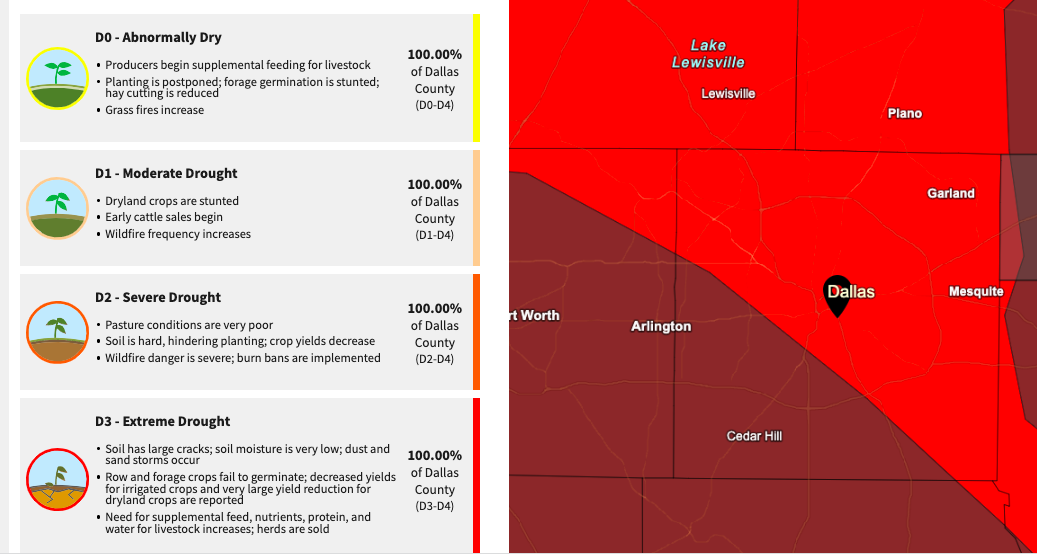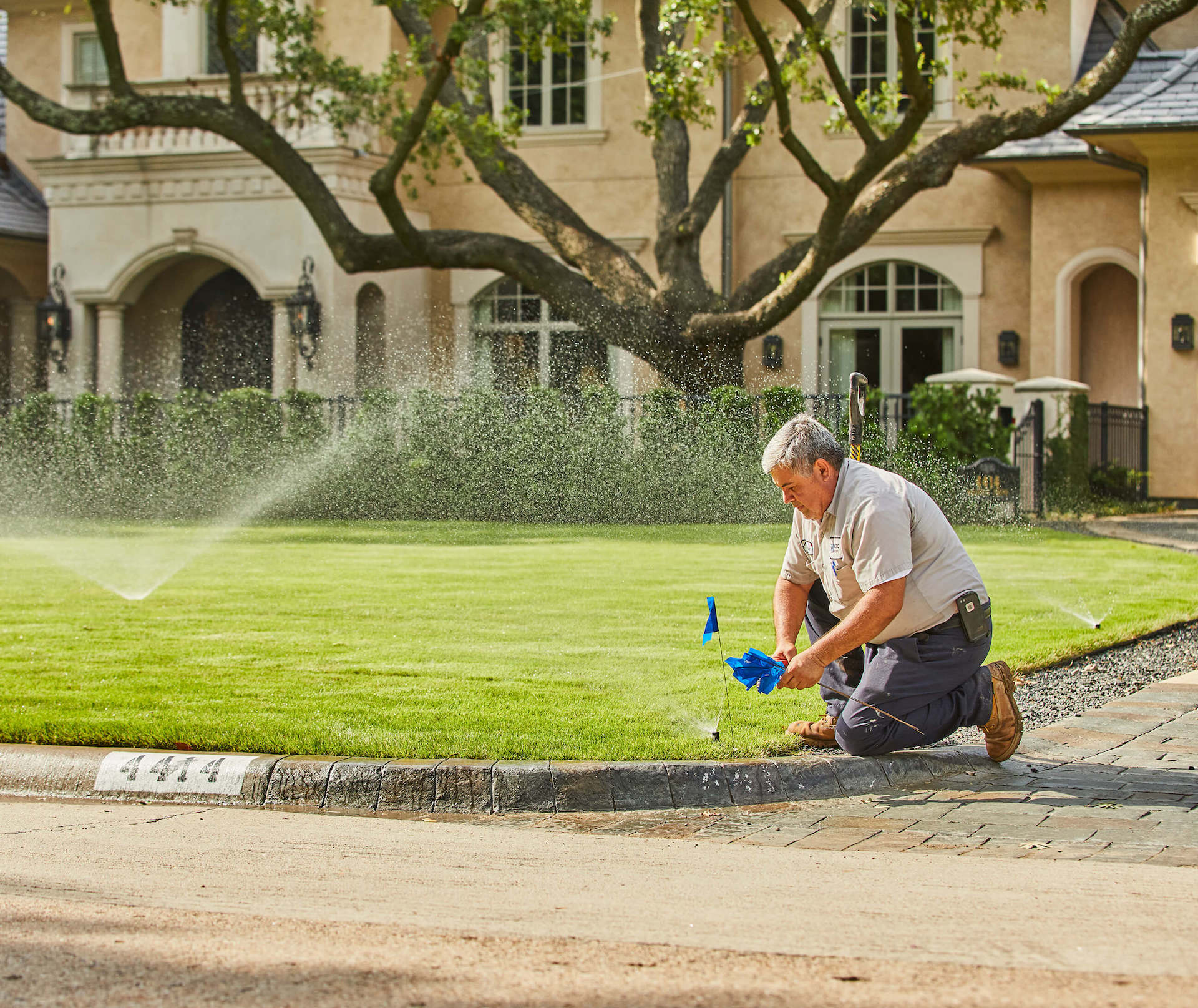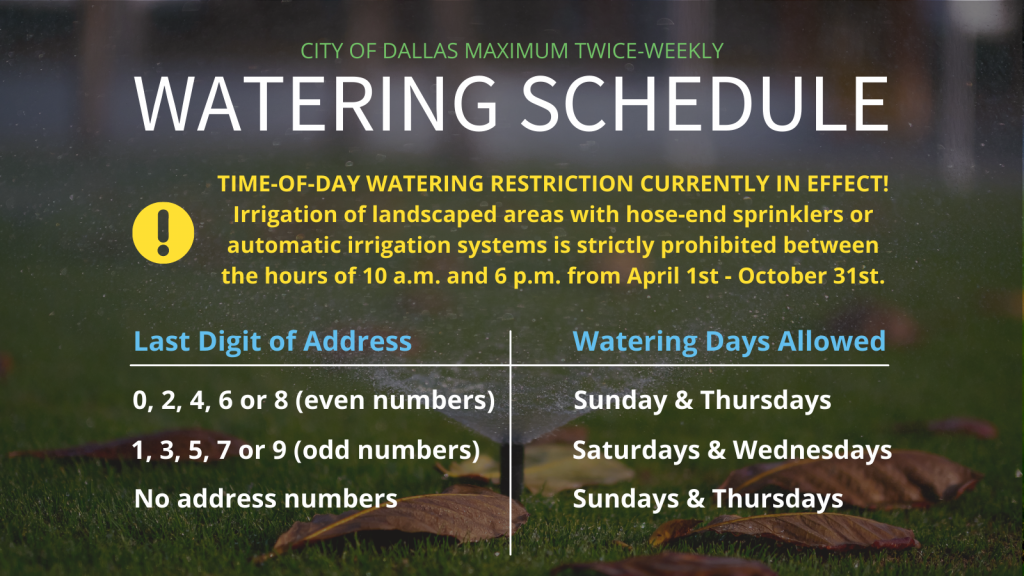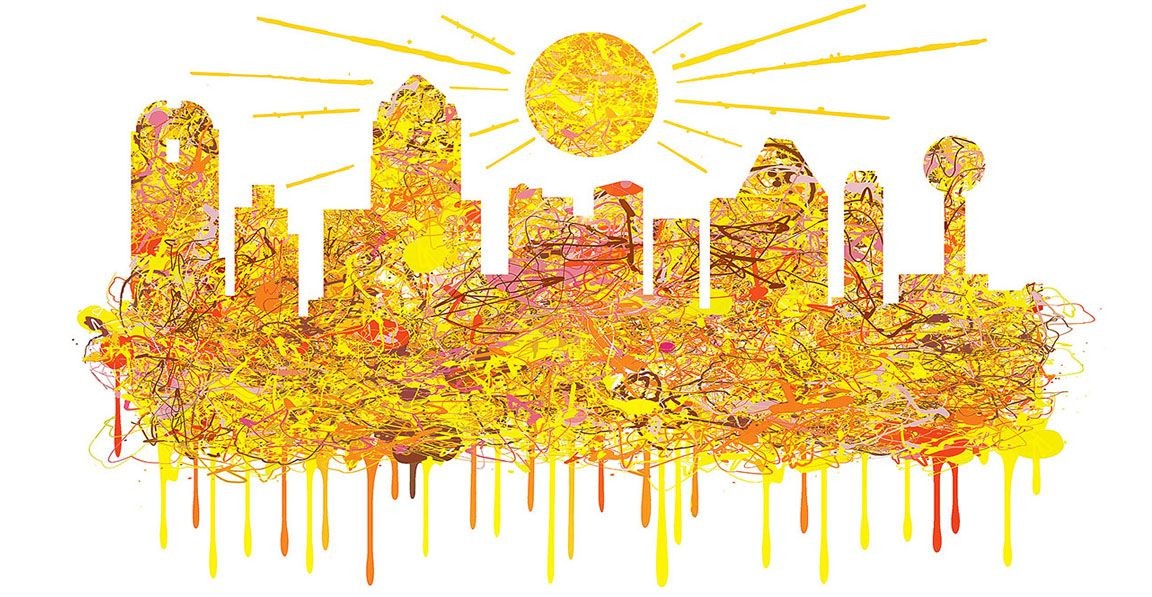
The Dangers of Drought
North Texas Drought Impact, Survival, and Proactive Planning
What is Drought?
According to the National Centers for Environmental Information, Drought is the absence of water. It is a “creeping phenomenon that slowly sneaks up and impacts many sectors of the economy, and operates on many different time scales.”2
4 Types of Drought 2,8
- Meteorological drought refers to the degree of dryness or rainfall deficit and the length of the dry period. It happens when dry weather patterns dominate an area due to diminished rainfall over a significant period.
- Hydrological drought is the impact of rainfall deficits on our water supply from streams, lakes, reservoirs, and groundwater levels after a significant meteorological drought. This type of drought takes the longest to recover from.
- Agricultural drought is the repercussion on agriculture when the lack of groundwater affects our crops.
- Socioeconomic drought is the consequence of all drought conditions on supply and demand.
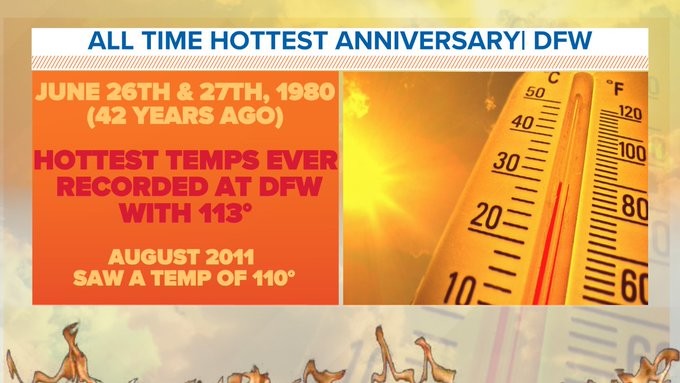
North Texas Drought History
Just how does this scorching summer compare to the blazing heat of yesteryears? While 1980 and 2011 still trump the torrid thermometer readings, we certainly cashed in on some recalescent records. See how this 4th hottest summer in DFW stacks up to our scalding summers of past 8:
Most Consecutive Days in Triple Digits
1980 – 42 days
2011 – 40 days
2022 – 21 days
Most triple-digit days in a single month
1980 – 31 days
2011 – 30 days
2022 – 27 days
Most 100-degree days in a year
2011 – 71 days
1980 – 69 days
2022 – 47 days*
*Through August 20, 2022
Hottest Historic Days in DFW
June 26 & 27, 1980 – 113 degrees
August 2, 2011 – 110 degrees
July 20, 2022 – 110 degrees
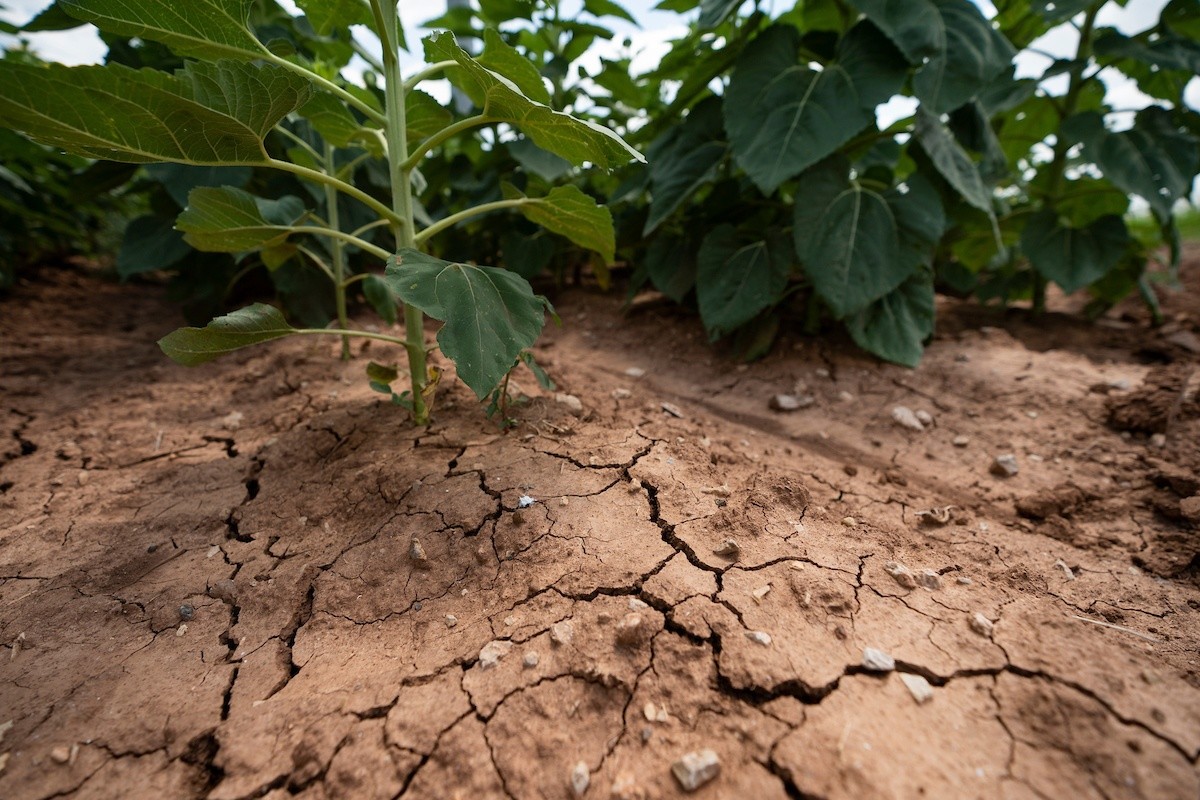
DFW’s Hydrological Drought
According to NBCDFW7, as of August 21, DFW was 16 inches below normal rainfall in the past 12 months. While this week’s sorely needed rain will lend us brief relief, we are still many rain showers away from seeing humid harmony at the end of this torrid tunnel.
This summer has been brutal. Currently, we’re facing D-3 extreme drought conditions in north Texas. Over the past couple of months, we’ve begun to see significant cracking in our soil due to a lack of rain and groundwater. Our already treacherous Dallas roads have begun to buckle, crack, and shift, and the foundations of many of our homes are likely facing repair.
Sadly, our landscapes are also weathering multiple insults after enduring the freeze of 2021, and they’re still in recovery. Now, due to this drought and extended heat, our water table is drying up, leaving lasting effects. Unseen damage is occurring beneath the surface that is affecting our plants and even our trees.
Proactive Water Management
While watering does not solve everything, it is our first line of defense. We aim for achieving a delicate balance between watering for the weak and the abundant. Overwatering can actually eliminate air in the soil and can cause more damage than heat, so it’s pertinent to entrust the experts to manage your landscape’s individual needs.
As we at Bonick, and many of you have experienced, our excessive heat has precariously put our irrigation systems to the test. These conditions remind us just how crucial a well-designed sprinkler system really is. We’ve spent much of this dehydrated duration repairing breaks and making quick corrections. While even new systems have limitations, and none are perfect, a well-managed sprinkler system will deliver even water. Contact us if you’re experiencing broken or misdirected sprinkler heads, or if your system is in need of general repair. Our knowledgeable irrigation specialists can assist with modification, monitoring, repairs, and replacement. Fall is an ideal time to reevaluate your sprinkler system and consider redesigning it. Be sure to get on our schedule in advance during this busy time.
For now, join us in being happy when it rains, and do your part to conserve water when you can. Dallas is currently under a water conservation ordinance, so if you’re not already familiar with the guidelines, please review.
Be mindful of our natural resources and the weather forecast. If your watering day is on a Saturday, but the rain probability is likely Sunday through Tuesday, go ahead and skip running your sprinkler system and let Mother Nature nurture your yard.
